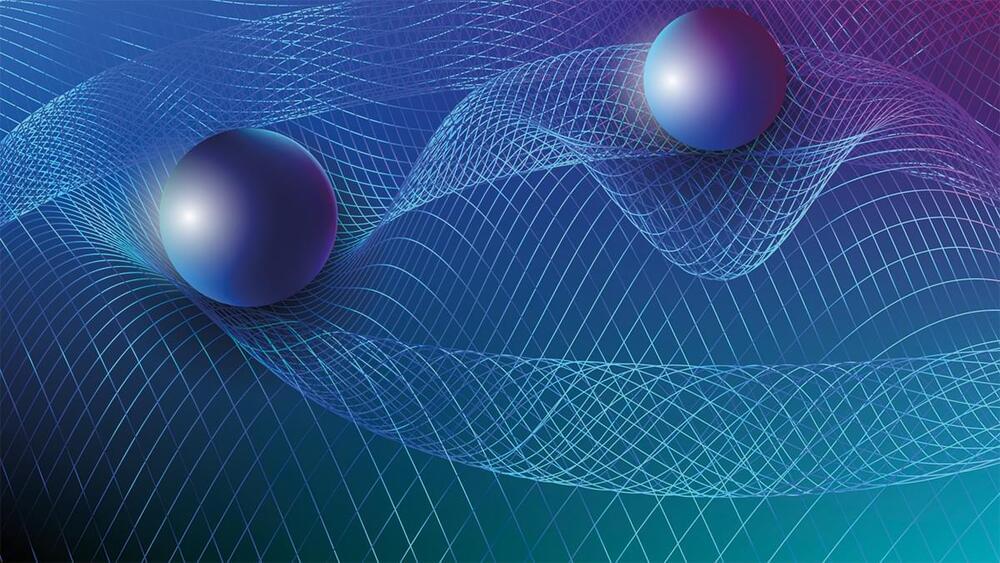Yakir Aharonov and David Bohm proposed the effect that now bears their name in 1959, arguing that while classical potentials have no physical reality apart from the fields they represent, the same is not true in the quantum world. To make their case, the pair proposed a thought experiment in which an electron beam in a superposition of two wave packets is exposed to a time-varying electrical potential (but no field) when passing through a pair of metal tubes. They argued that the potential would introduce a phase difference between the wave packets and therefore lead to a measurable physical effect – a set of interference fringes – when the wave packets are recombined.
Seeking a gravitational counterpart
In the latest research, Mark Kasevich and colleagues at Stanford University show that the same effect also holds true for gravity. The platform for their experiment is an atom interferometer, which uses a series of laser pulses to split, guide and recombine atomic wave packets. The interference from these wave packets then reveals any change in the relative phase experienced along the two arms.










Comments are closed.